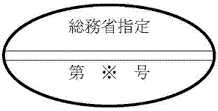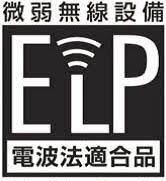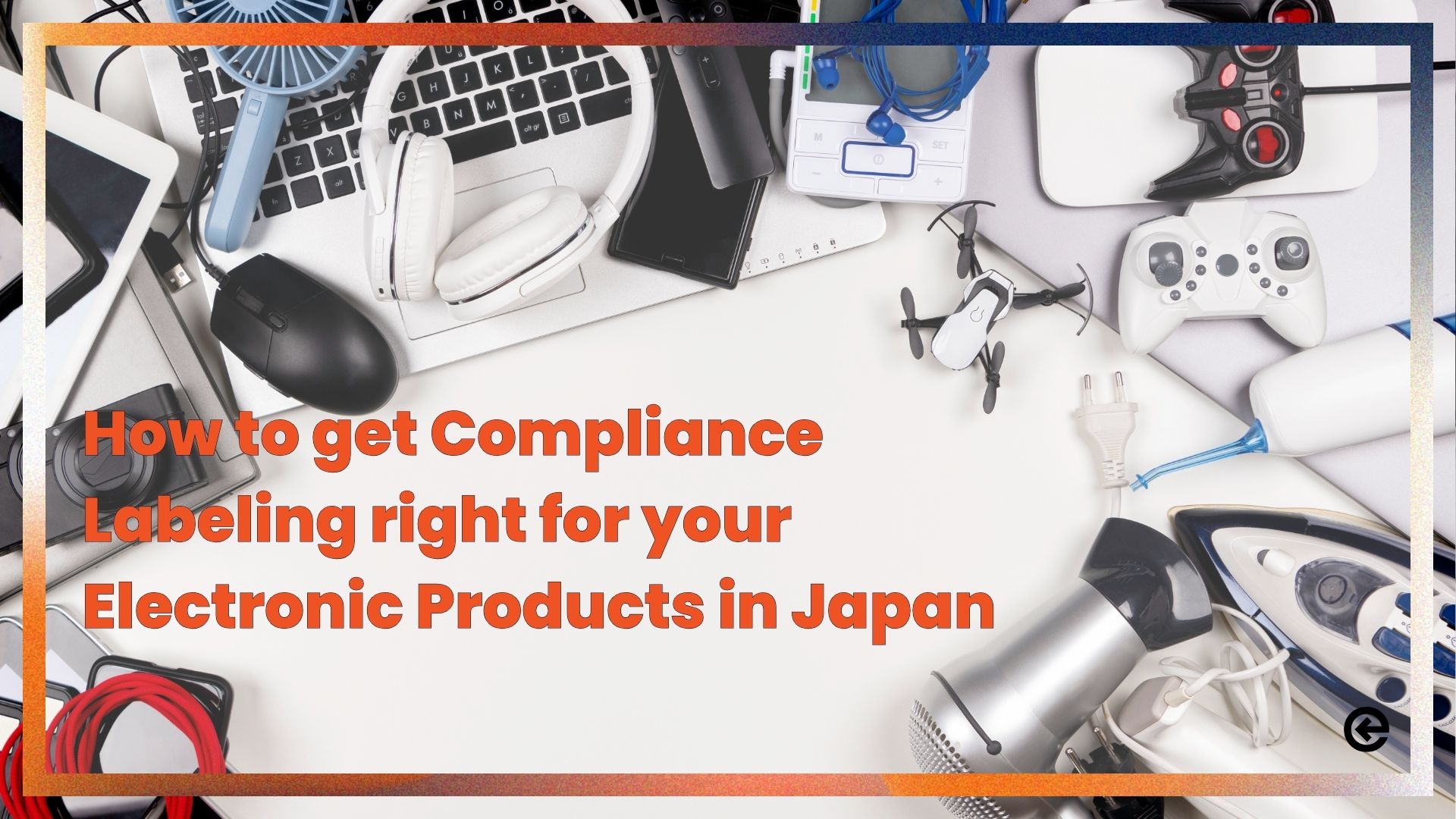How to get Compliance Labeling right for your Electronic Products in Japan
Exporting electronic products to Japan involves more than just shipping; you must comply with Japan’s Electrical Appliance and Material Safety Law (PSE) to ensure your product meets legal safety standards. Following the right steps from the beginning will build trust with Japanese consumers and set you up for long-term success in this market.
We’ve already covered the basics of importing electronics, and in this post, we’ll dive into the specific labels and what you need to know for different product types.
Understanding Japan’s Compliance Laws for Electronics
Japan has stringent laws governing the import of electronic products. Two key regulations you’ll encounter are:
- The Electrical Appliance and Material Safety Law (PSE)
- The Japan Radio Law
Each of these regulations covers different product types and requires specific certifications. Let’s break them down.
The Electrical Appliance and Material Safety Law (PSE)
The PSE Law applies to 457 types of electronic products, divided into two categories based on their risk levels:
Specified Electrical Products

These are products with a higher risk of accidents or injury. They require:
- Evaluation by a METI-registered Conformity Assessment Body (Registered CAB).
- The diamond-shaped PSE mark on the product after approval.
Non-Specified Electrical Products

Low-risk products fall into this category, which requires:
- A self-declaration process.
- The product to display the circular PSE mark.
Even non-specified products require a legal partner in Japan to obtain the PSE mark if you’re a non-resident manufacturer. Also, every unit must undergo a self-inspection before shipment.
How to Categorize Your Product for PSE Certification
Understanding your product’s classification is the first step toward compliance.
1. Identify the Product Category
- Refer to Official Classifications: Determine which of the 20 categories your product falls under based on its name and intended use.
- Multiple Functions: If your product has multiple functions, consider all of them, as each may affect compliance requirements.
2. Confirm the Product Name and Details

- Reflect Intended Use: The product name should clearly indicate its intended use and function, not just a model number.
- Reflect all uses in the name: If a product has multiple functions, consider the names for all of those functions and appropriately apply this to your naming.
- Example: An “Electric Heater” should be named based on whether it’s designed for personal warmth, industrial use, etc.
3. Assess Structure and Ratings
- Detailed Information Needed: Provide specifics about the product’s structure, materials, and electrical ratings (voltage, frequency, power consumption).
- Check Electrical Ratings:
- Voltage and Frequency: Products rated between 100V–300V and 50Hz or 60Hz are typically regulated.
- Power Consumption: For AC power supplies, units with an input power of 1 kVA or lower are included.
4. Consider Included Parts and Accessories
- Separate Compliance: Accessories like chargers or adapters may require their own compliance procedures, even if packaged with non-regulated items like laptops.
5. Understand “Katashiki” (Product Type)
Products are categorized based on their structure, materials, or function, ensuring that they fall within similar safety levels. For example, products with different voltage ratings but the same structure may require different certifications.

- Classification Factors: Based on structure, materials, and function to ensure consistent safety levels. Learn more here.
- Variations Matter: Even products with the same structure may have different classifications due to specifications like power output.
The Japan Radio Law
The Radio Law applies to any device that uses the radio spectrum and operates at frequencies under 3 THz, including Wi-Fi and Bluetooth devices.
Certification Processes Under the Radio Law:
1. Specified Radio Equipment (SRE)

- Typical Devices: Consumer-operated radio devices like Wi-Fi routers and Bluetooth gadgets.
- Certification: Requires third-party certification from a MIC (Ministry of Internal Affairs and Communications)-designated Registered Certification Body (RCB).
- Standards: Specific to Japan and not officially translated into English.
2. High-Frequency Devices

- Requirements: Must undergo compliance testing.
- Registration: Need to be registered by a local Japanese company with the appropriate MIC branch.
- Exceptions: Some products are exempt but must still comply with regulations.
3. Extremely Low-Power Devices (ELP)

- No Certification Needed: Do not require a license or certification.
- Compliance: Must meet interference standards under the Radio Law.
- Optional Testing: Can voluntarily undergo PSE testing for safety assurance.
The Radio Law includes provisions for specialized equipment, aligning with international agreements like SOLAS.
Simplifying Radio Law Classifications
1. Specified Radio Equipment (SRE)
- Who It Affects: Most consumer wireless devices (e.g., Wi-Fi routers, Bluetooth devices).
- Action Needed: Obtain certification from a MIC-designated RCB.
2. High-Frequency Devices
- Who It Affects: Devices operating at high frequencies not covered under SRE.
- Action Needed: Compliance testing and registration with MIC via a local Japanese company.
3. Extremely Low-Power Devices (ELP)

- Who It Affects: Devices operating at very low power levels.
- Action Needed: Ensure they meet interference standards; certification is optional but recommended for safety assurance.
How to Ensure Compliance
- Work with a Legal Representative: Non-Japanese manufacturers need a legal representative in Japan to handle certification and product approval.
- Keep Documentation Updated: Proper paperwork is critical. Ensure you have all the necessary documents ready for submission.
- Choose a Reliable Testing Body: For radio devices and specified electronics, third-party labs must be approved by the Japanese authorities.
Importing electronic products into Japan involves navigating complex regulations. From determining the correct product classification to ensuring compliance with safety laws, each step is crucial. Mistakes can lead to delays or even derail your expansion plans.
But you don’t have to do it alone.
At COVUE, we’re here to support businesses like yours in navigating the Japanese market. We’ll guide you through every step of the process, ensuring your entry into Japan is smooth, compliant, and successful.


